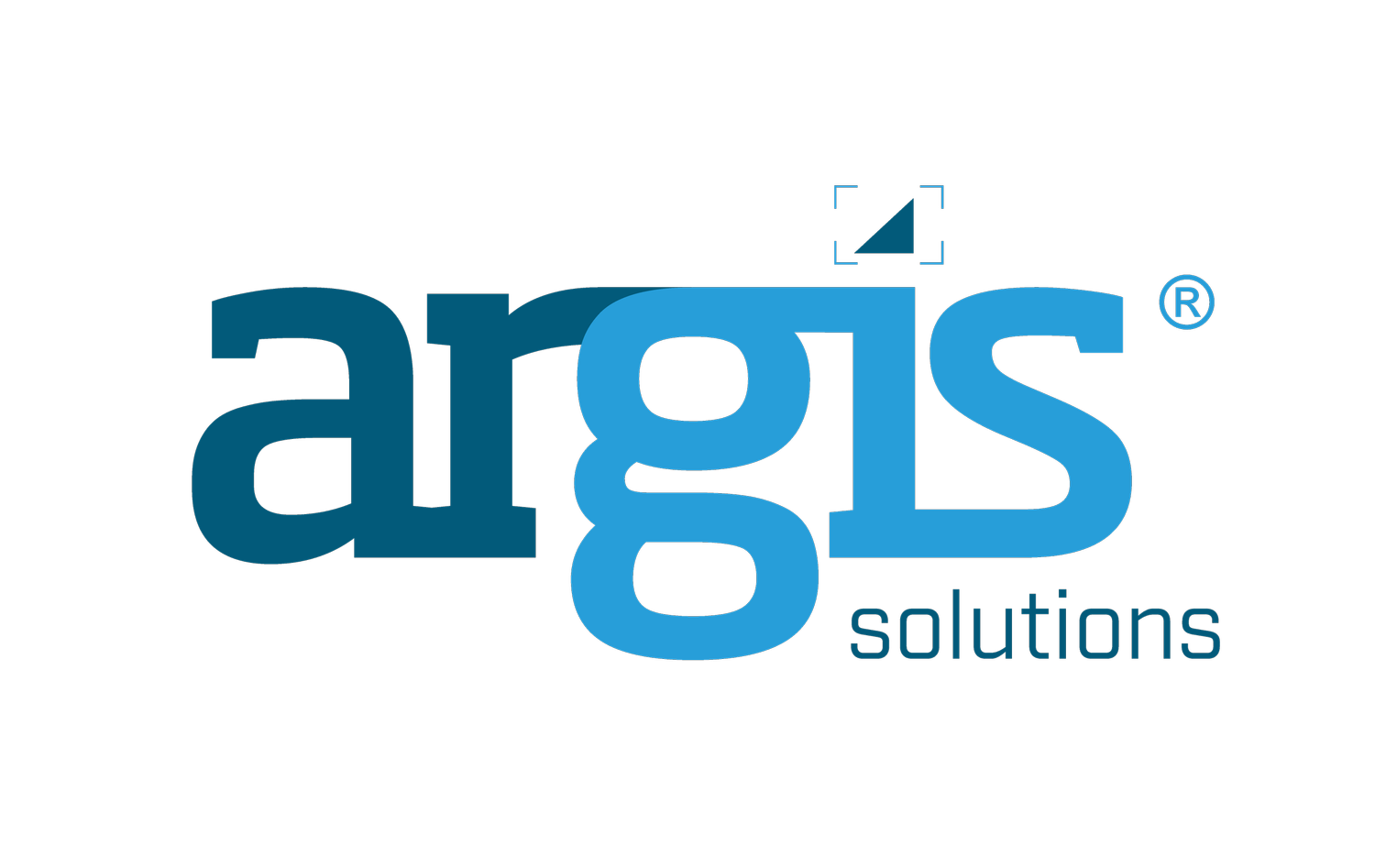Not all Data is Created Equal: How AR Changes Data Collection
The aim of creating geospatial data is to document the world around us as accurately as possible, so as to communicate clearly and in some cases, predict possible outcomes. To do this GIS managers create data to represent their company’s assets. We recently caught up with Chris Anderson, VP of Augmented Reality, and he shared some of his thoughts on how AR is changing how we create GIS data.
I recently reviewed GIS data for one of our customers who has some experience working with our Argis Lens in the field but was having difficulty with their geospatial data. What I found was that though the data was great for a 2D, it was inaccurate when it was used in the world of 3D, namely, augmented reality. How did this data become so inaccurate?
In most cases GIS data on well sites are hand drawn, possibly through redlining. The practice of redlining is drawing on the screen and later converting the drawing to a feature class in Esri’s ArcGIS Desktop that stores attributes, geographic location. The purpose of the redline is to act as a markup feature for communicating geographic information to the GIS editors. This method would cause inaccuracy of placement of the data for field operations especially if they were not quality checked after they were drawn and before they were introduced as production data. 5 meters (~16 ft) is a long distance when viewing it in person. It can mean the difference of an asset being on one side or the other side of a road. Keep in mind that redlining is normally done using an aerial photo and, back in the day, those photos may have been 10 ft resolution while now you can normally get 2.5 ft for the right price. The point being that you have already included a certain amount of error because you weren’t using survey grade GPS points.
I also noticed that the 3rd party pipelines appear to have been digitized for better viewing on 2D maps by placing them 15-20 feet apart. When I was a mapper it was common practice to digitize one line and then duplicate and offset the other lines. Needless to say, this removes the possibility of line crossings that may or may not occur. This was a great solution for working with a 2D map where accuracy of 10+ feet is fine and shows well on an aerial photo or a scale of 1:2400 or more, but it can become an issue when viewing in the real world through augmented reality. Even with the ability to adjust your position in the Argis Lens, it still may prove insufficient to displaying its true location. An example to better describe this is if a line is digitized along a road but digitized on the incorrect side or crossing the road when it should only be on one side of it. At certain scales such as 1:2400 this would not be an issue because the line would still indicate where in the world it is; however, if you are standing on that road, and attempting to physically locate it, 10 ft+ can make a huge difference (assuming 2 lane road with a standard 12ft lane).
With AR, a new level of detail and accuracy is needed with digitized assets. If you are in a similar situation, we recommend cleaning up the locational inaccuracies of the data with the knowledge of field technicians, GPS units, and collection software used in conjunction with the GPS like Tri-Global’s Utilipad, which can integrate with locators and ease the collection burden. Argis Solutions is the most knowledgeable about improving current 2D quality GIS data and translating it into functional 3D, augmented reality, ready data.
AR is coming to the locate field. It will improve accuracy because those knowledgeable field technicians can step directly into the map and document changes, and location of underground assets. Preparing your data for this technology is not only money well spent but it is the way of the future. Don’t let yourself fall behind.
Chris Anderson is the VP of AR at Argis Solutions, with over 20 years in the field of GIS, a GISP, and a member of the Esri community based out of St. Louis, MO.
